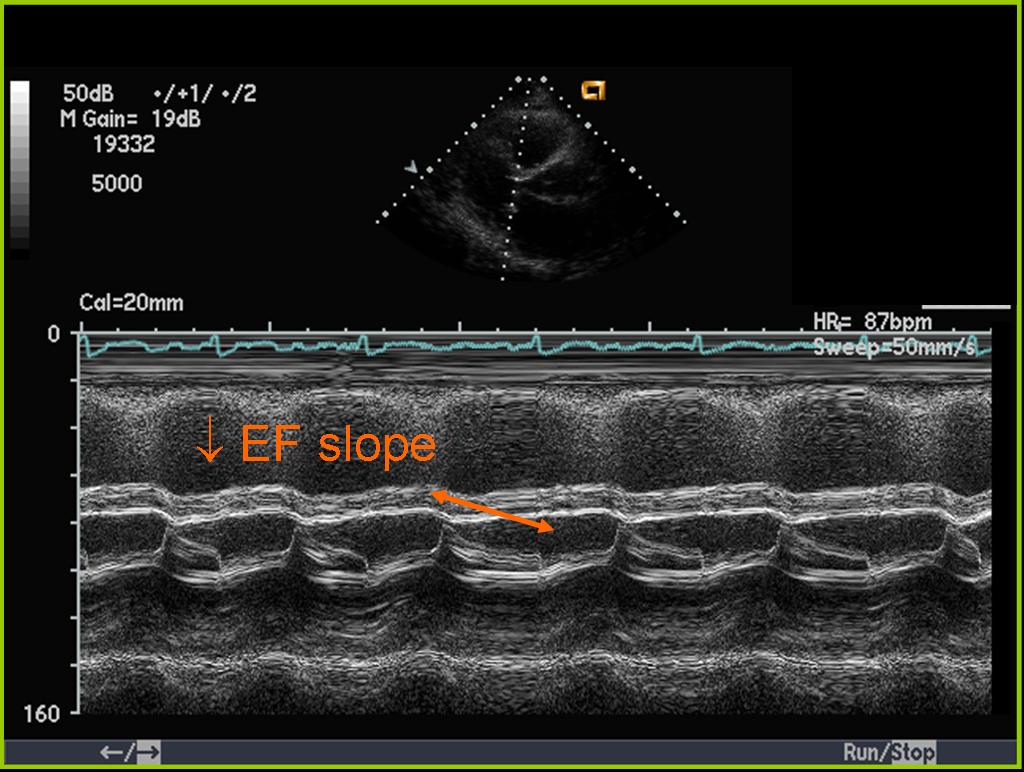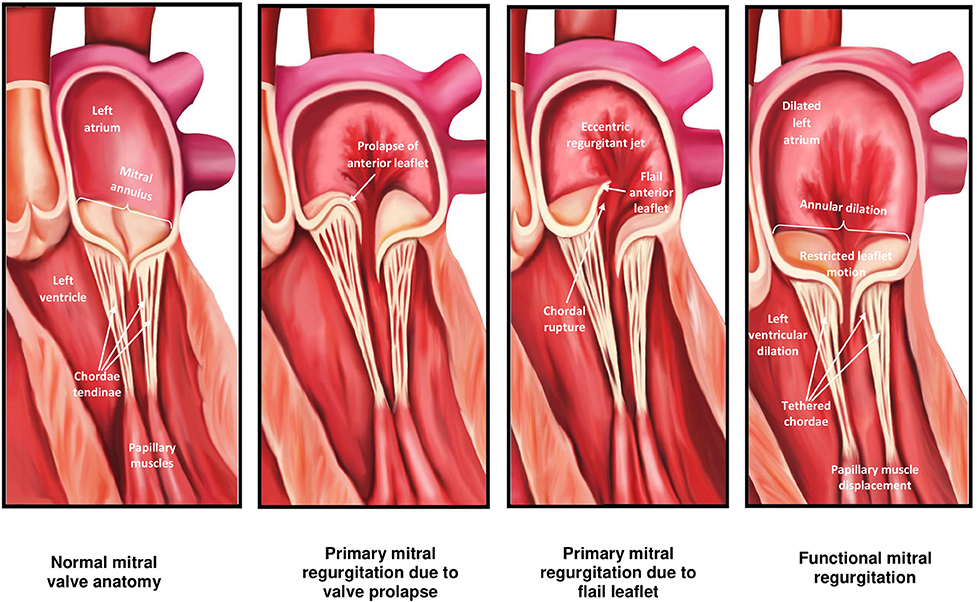Mitral valve regurgitation, also known as MR, is a common heart condition that affects the mitral valve. This valve plays a crucial role in ensuring that blood flows in the correct direction through the heart. When the mitral valve does not close properly, blood can flow backward into the left atrium, leading to a range of health issues. In this article, we will explore the causes, symptoms, diagnosis, and treatment options for this condition.

Understanding the Mitral Valve
The mitral valve is one of four valves in the heart. It is located between the left atrium and the left ventricle. Its primary function is to ensure that oxygen-rich blood from the lungs flows into the left ventricle and is then pumped out to the rest of the body. When the mitral valve fails to close tightly, it allows blood to leak back into the left atrium. This backward flow of blood is referred to as regurgitation.
How the Mitral Valve Works
- Blood enters the left atrium from the lungs.
- The mitral valve opens to allow blood to flow into the left ventricle.
- The mitral valve closes as the left ventricle contracts, preventing blood from flowing back into the left atrium.
When the mitral valve does not function properly, it disrupts this process, leading to mitral valve regurgitation.
Causes of Mitral Valve Regurgitation
There are several potential causes of mitral valve regurgitation. These can be divided into two main categories: primary causes, which involve direct damage to the valve itself, and secondary causes, which result from other conditions affecting the heart.
Primary Causes
Primary causes of mitral valve regurgitation occur when there is structural damage to the mitral valve. Some of the most common primary causes include:
- Mitral Valve Prolapse: This occurs when the flaps of the mitral valve bulge back into the left atrium during contraction of the heart. It is one of the most common reasons for mitral valve regurgitation.
- Rheumatic Fever: A complication of untreated strep throat, rheumatic fever can cause scarring and damage to the mitral valve.
- Infective Endocarditis: This is an infection of the inner lining of the heart, which can damage the mitral valve.
- Trauma: Physical injury to the chest can damage the mitral valve.
- Congenital Defects: Some individuals are born with abnormalities in the structure of the mitral valve.
Secondary Causes
Secondary causes of mitral valve regurgitation are related to problems with the heart muscle or other structures that indirectly affect the mitral valve. These include:
- Dilated Cardiomyopathy: This condition causes the heart muscle to weaken and stretch, which can prevent the mitral valve from closing properly.
- Hypertrophic Cardiomyopathy: Thickening of the heart muscle can interfere with the normal functioning of the mitral valve.
- Coronary Artery Disease: Reduced blood flow to the heart muscle can weaken the heart and lead to valve dysfunction.
- Atrial Fibrillation: Irregular heart rhythms can affect the pressure in the heart chambers, causing the mitral valve to malfunction.
Symptoms of Mitral Valve Regurgitation
The symptoms of mitral valve regurgitation can vary depending on the severity of the condition. In mild cases, individuals may not experience any noticeable symptoms. However, as the condition progresses, the following symptoms may develop:
Common Symptoms
- Fatigue: Feeling unusually tired, even during light physical activity.
- Shortness of Breath: Difficulty breathing, especially during exercise or when lying down.
- Coughing: Persistent cough, particularly at night or when lying flat.
- Heart Palpitations: Sensations of a rapid or irregular heartbeat.
- Swelling: Swelling in the feet, ankles, or abdomen due to fluid retention.
Severe Symptoms
In more advanced cases of mitral valve regurgitation, individuals may experience:
- Chest Pain: Discomfort or tightness in the chest, often during physical exertion.
- Fainting: Episodes of dizziness or fainting due to reduced blood flow to the brain.
- Pulmonary Hypertension: Increased pressure in the blood vessels of the lungs, leading to further complications.
Diagnosis of Mitral Valve Regurgitation
Diagnosing mitral valve regurgitation involves a combination of physical examinations, imaging tests, and other diagnostic procedures. Early detection is important to prevent complications and manage the condition effectively.
Physical Examination
A healthcare provider may detect signs of mitral valve regurgitation during a routine physical examination. Key indicators include:
- Heart Murmur: An abnormal sound heard through a stethoscope, caused by turbulent blood flow through the mitral valve.
- Lung Sounds: Crackling sounds in the lungs may indicate fluid buildup due to heart failure.
- Swelling: Visible swelling in the legs, ankles, or abdomen.
Diagnostic Tests
To confirm the diagnosis and assess the severity of mitral valve regurgitation, doctors may order the following tests:
- Echocardiogram: This ultrasound test provides detailed images of the heart and helps evaluate the structure and function of the mitral valve.
- Electrocardiogram: Measures the electrical activity of the heart and can detect irregular heart rhythms or signs of heart enlargement.
- Chest X-ray: Provides images of the heart and lungs to check for signs of heart enlargement or fluid buildup.
- Cardiac MRI: Offers detailed images of the heart’s structure and function, helping to assess the severity of the condition.
- Exercise Stress Test: Evaluates how the heart performs during physical activity and helps identify symptoms that may not be apparent at rest.
Treatment Options for Mitral Valve Regurgitation
The treatment for mitral valve regurgitation depends on the severity of the condition, the presence of symptoms, and the underlying cause. In mild cases, treatment may focus on monitoring and managing risk factors. For more severe cases, medical or surgical interventions may be necessary.
Lifestyle Changes
For individuals with mild mitral valve regurgitation, lifestyle modifications can help manage the condition and reduce the risk of progression. These include:
- Healthy Diet: Eating a balanced diet low in salt and saturated fats can help maintain heart health.
- Regular Exercise: Engaging in moderate physical activity can improve cardiovascular fitness.
- Weight Management: Maintaining a healthy weight reduces strain on the heart.
- Smoking Cessation: Quitting smoking improves overall heart health and reduces the risk of complications.
Medications
Medications may be prescribed to manage symptoms and reduce the workload on the heart. Common medications include:
- Diuretics: Help reduce fluid buildup in the body and relieve symptoms such as swelling and shortness of breath.
- Beta-Blockers: Slow the heart rate and reduce blood pressure, easing the workload on the heart.
- ACE Inhibitors: Lower blood pressure and improve blood flow through the heart.
- Anticoagulants: Prevent blood clots in individuals with atrial fibrillation or other risk factors.
Surgical Interventions
In cases where mitral valve regurgitation is severe or causing significant symptoms, surgery may be required. Surgical options include:
- Mitral Valve Repair: This procedure involves repairing the existing valve to restore its proper function. Techniques may include reshaping the valve or reinforcing it with artificial materials.
- Mitral Valve Replacement: If the valve cannot be repaired, it may need to be replaced with a mechanical or biological valve.
- Catheter-Based Procedures: Minimally invasive techniques, such as transcatheter mitral valve repair, may be used in certain cases to reduce recovery time and complications.
Monitoring and Follow-Up
Regular follow-up appointments with a cardiologist are essential for individuals with mitral valve regurgitation. These visits allow healthcare providers to monitor the condition, adjust treatment plans, and address any new symptoms or complications that may arise.




